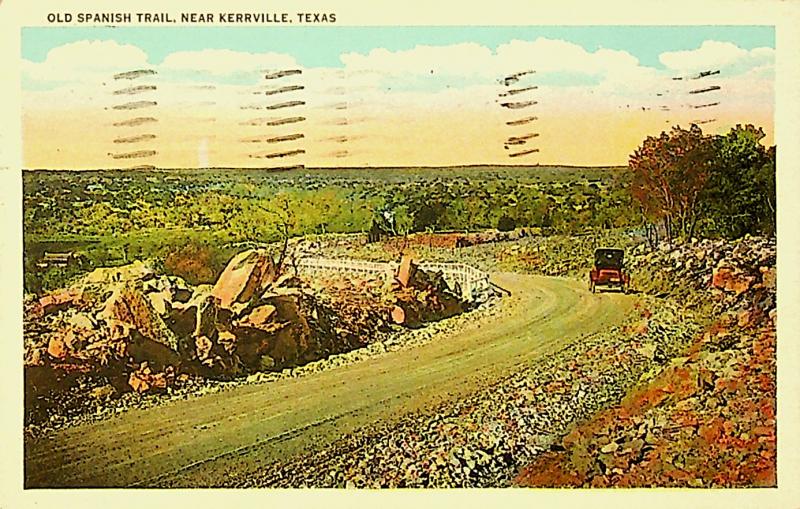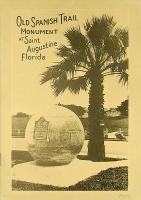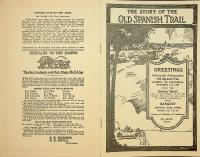The Culture of the Trail: Automobiles, Tourist Camps, and Scenic Routes
For those with time and money to spare, the rise of the automobile in the 1920s created a new leisure activity--automobile travel. Travelers navigated tourist routes, enjoying the freedom of the open road while escaping rapidly growing urban centers. The mass production of Ford’s Model T enabled the average American household to own and drive a car, which created a need for roads and highways. The Old Spanish Trail project suited the growing need for roads created by the mass production of automobiles. The rise of the road benefitted many industries including agriculture, entertainment, and even criminal activities like bootlegging.
Along the trail there were many attractions for motorists to enjoy. Fitting with the Spanish colonization theme, the main sights were the missions and surrounding scenery. Other attractions included tourist “camps” and “courts,” which evolved out of roadside camping. Tourist camps were a form of lodging that evolved into early motels, providing travelers with amenities like bathrooms and electricity. The OST even created landmarks of their own, laying down “zero milestones” in St. Augustine, San Antonio, and San Diego. Zero milestones signified the beginning, middle, and end of the highway, and were laid down once a section was complete.
The OST travelogs advertised these sites and provided context and recommendations to OST Association members. Member businesses paid to have their shops, hotels, and garages advertised in the travelogs, and many towns featured guides appointed to give trusted advice. Motorcades spanned the entire length of the trail from St. Augustine, Florida to San Diego, California. In these motorcades, processions of members and enthusiasts drove the OST, celebrating the highway and drivers’ love of the open road.


